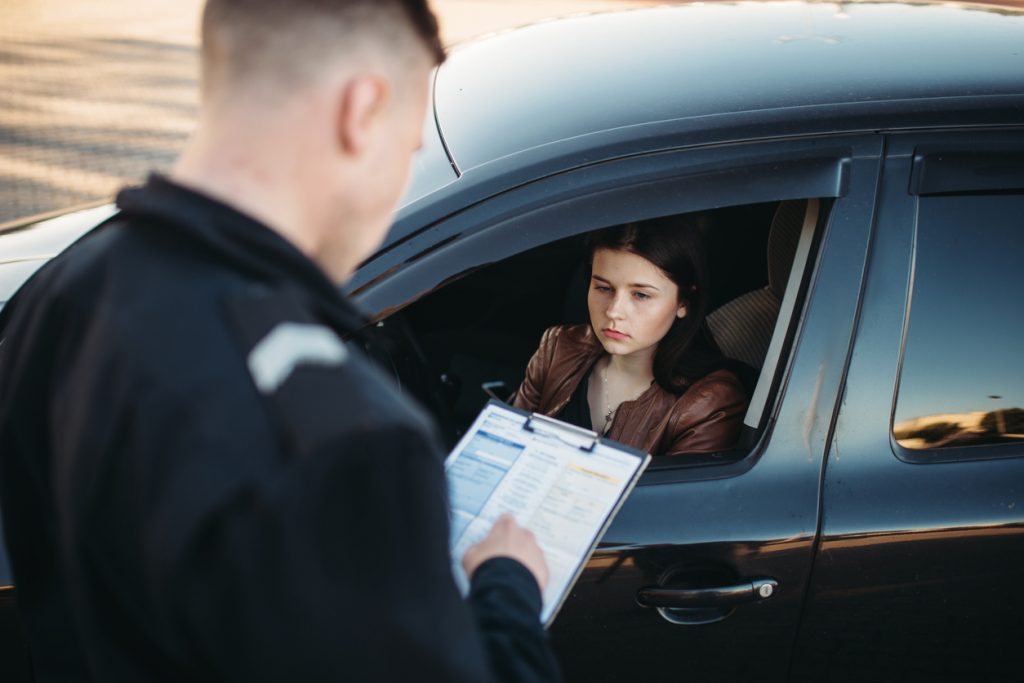New Stunt Driving and Speeding Regulations in Ontario
The last thing you want on your driving abstract is a stunt driving conviction. Not only is it extremely dangerous, but this serious offence can carry fines up to 10,000 dollars, licence suspensions, and possible jail time.
In an attempt to crack down on dangerous behaviour on the road, the Highway Traffic Act (HTA) has introduced new penalties and lower thresholds for these charges. They will affect anyone caught with stunt driving in Ontario. These penalties came into effect at the end of November and are a continuation of the regulations introduced in July and September.
Penalties for Stunt Driving
If you are charged with stunt driving, you will be subject to an immediate 30-day roadside licence suspension and 14-day vehicle impoundment. Once convicted, you will lose 6 demerit points, face a fine of $2,000 to $10,000 dollars, and receive potential jail time, as well as lose your licence for a minimum of one year.
What changed?
- In July, the threshold for stunt driving was lowered. Drivers caught speeding in excess of 40 kilometres per hour in a speed zone of less than 80 kilometres per hour can be charged. This was reduced from 50 kilometres on roads with speed limits less than 80 kilometres per hour.
- In September, drivers caught stunt driving began facing a 30-day licence suspension and a 14-day vehicle impoundment period. This was an increase from the previous 7-day licence suspension.
- In November, the HTA introduced a tiered licence suspension system which based suspensions on how many times someone was convicted of stunt driving. On the first conviction you can lose your licence for 1 to 3 years, on the second conviction you’ll lose it from 3 to 10 years, and on the third offence, you’ll lose your licence for an indefinite amount of time. On the fourth offence, you will receive a lifetime licence suspension.

Stunt Driving in Ontario
Stunt driving is also called street racing, because people are often charged for this offence when driving at excessive speeds. If you have a lead foot, keep in mind that you can be charged with stunt driving if you drive 50 km/h over the speed limit in an area where the speed limit is 80km/h or above, if you drive over 40 km/h in an area where the speed limit is less than 80km/h , or if you ever drive 150 kilometres or more.
Other driving behaviours which could land you with a conviction include:
- Driving with someone in the trunk of the vehicle.
- Driving without sitting in the driver’s seat (known as ghost riding).
- Attempting to do a “wheelie” or lift one or all the tires from the surface of the road.
- Driving in a dangerous manner without regard for driving circumstances.
- Participating in street racing or behaviour which suggests a competition or an intention to chase another motor vehicle.
- Attempting “doughnuts”, “drifting”, or other behaviour with an intention to spin the vehicle without maintaining control over it.
- Cutting off or blocking other vehicles from changing directions or lanes.
- Hazardly weaving through traffic and changing lanes in close proximity to other vehicles while driving at a rate of speed that is over the speed limit.
- Performing a “burnout”, or operating your vehicle in such a way that it loses traction with the road.
Dangerous driving has no place on our roads in Ontario. The consequences of stunt driving can be deadly. Think twice before engaging in any of these behaviours and educate any new drivers in your household about the consequences of stunt driving.

Stunt Driving and Your Insurance Rates
There is a direct correlation between your driving record and how much you pay for insurance. Minor moving violations won’t tend to lead to a major spike in your insurance rates, but a serious violation like stunt driving will. Some insurance companies might even drop you as a client if you are convicted.
A stunt driving charge will only appear on your driving abstract after the court date in which you have been charged. Then, it will stay on your record for a duration of three years. That means that, even if you get the lowest licence suspension of one year, you still might not be able to drive for three years if you can’t find a broker to insure you.
Practising defensive driving is one of the best ways to keep your insurance rates low. If you have any questions about how driving offences can impact your car insurance rates, get in touch with our team today.






